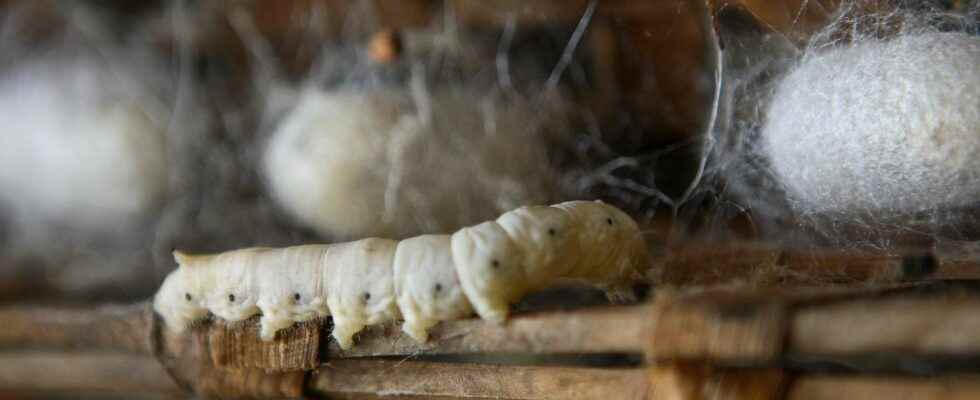You will also be interested
[EN VIDÉO] Silk, strong enough to stop bullets! If you get shot, is it better to wear a silk or a steel bulletproof vest? The right solution is not necessarily the one we imagine… This is what the Discovery Science channel explains to us during this video.
In the water, in theair and in soils. And even in our blood. The microplastics are now everywhere. They pollute the ecosystems and represent a risk to our health. They come from the degradation of our waste plastics. Our packaging, our bottles. But not only. Because the microplastics also enter directly into the composition of paints, cosmetics, detergents or chemicals used in theagriculture. No less than 50,000 tonnes per year, on our continent alone, according to the European Chemicals Agency.
Why ? Because microplastics effectively protect certain active ingredients against degradation by air or moisture. They allow said ingredients to be slowly released at the right time. And thus reduce the harmful effects of these active ingredients on the environment. Unfortunately, the microplastics used end up in the environment they were supposed to protect. They even stay there. A long time. Still according to the European Agency for chemical productsthey would represent 10 to 15% of the total amount of microplastics in our environment.
“There is no single solution to the problem of microplastics. It is percent after percent that we will solve the problem of this pollution. We have chosen to work on the issue of these microplastics in particular”underlines Benedetto Marelli, researcher, in a statement from the Massachusetts Institute of Technology (MIT, USA). With his team, he now offers a silk solution.
A simple process
The researchers show that for this type ofappsof the cocoons of silkworms of non-textile quality can be more than enough. Today these are usually discarded, as they find no use. Moreover, even used silk fabrics could be used for these applications. What to avoid some waste.
The researchers also show that silk fibers can simply be dissolved in water. They also argue that the silk produced in this way can be perfectly adapted to existing equipment for manufacturing cosmetics or other paints. The first tests carried out were on a herbicide microencapsulated, in a greenhouse of corn crop. With an even better result than the existing commercial product.
The other advantage is that this floss can almost be shaped on demand. By addition of surfactants. To become hydrophobic Where hydrophilic, for example. Or whatever characteristics are useful to the application.
The researchers also point out that if for the time being 90% of the world’s silk production is done in China, that intended to replace microplastics, much less demanding, could easily settle in any place in the world. For a production therefore, in addition to being simple and cheap, which would also be local.
Interested in what you just read?
